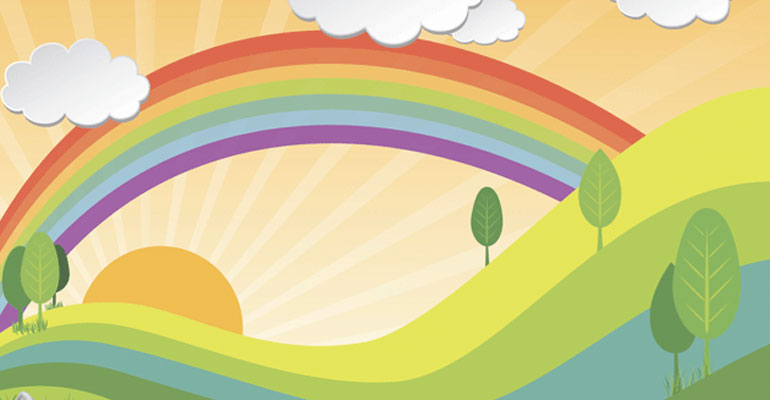The bulb first lit up in my head a few years ago, while I was painting the window trim in what would be the baby’s room. Our son, Charlie, was due in a month, and though his birth mother in Tacoma, Washington, had made a firm adoption plan and chosen us to be his parents, we were still unsure. In domestic adoption, it ain’t over till the fat baby sings. We’d begun decorating the nursery in the blind act of faith that, after years of infertility, our prayers would be answered. If we built it, we hoped, he would come.
I glanced out the window and saw our neighbor, Barbara, talking to a very pregnant lady.
“Nelson,” she called. “This is my friend, the one I told you about who’s expecting twins.”
I remembered a single detail from the previous conversation: twins at 50. “Good luck,” I shouted down to her.
She hollered. “Barb tells me you’re adopting?”
As comfortable as I was about adoption, I still felt odd talking about it with strangers.
Oblivious to my discomfort, she continued. “We were going to adopt until someone suggested I see this doctor they knew, and now look at me!”
As we spoke, other neighbors walked by. They heard our conversation and smiled friendly smiles. We could have been discussing the weather. It was a scene out of Mayberry R.F.D., except in the middle of Los Angeles.
“Twins, I can’t even imagine,” I said.
She smiled, and we said good-bye.
Rolling out the paint on the walls the day before, I had watched two white guys walk by, pushing a stroller with a two-year-old African-American girl in it. They held hands. Seeing them, I thought of the beautiful Latina child our friends, a mixed Jewish-Christian couple like us, had just adopted. Two other friends had given birth recently to babies conceived through in vitro fertilization.
Donor eggs, in vitro, adoption, surrogacy — there’s a whole lot of babies goin’ on. Families are forming in all sorts of ways, in a rainbow of colors, and my son, Charlie, now two years old, is growing up right in the middle of all of it.
We live in an era that forces us to reconceive our notions of traditional kinship. No longer dependent on genetics or breeding, family must now be defined as parents and children united in love and common self-interest. Perhaps it’s the logical, postmodern extension of family, a collage approach that says the glue is more important than the bits being conjoined.
The media — with movies-of-the-week about stalking birth mothers and articles about “$50,000 eggs” — have missed the boat when it comes to telling the real story of so-called “nontraditional” families. What strikes me is how normal the whole thing has become. Far from being aberrational, or even exceptional, nontraditional circumstances surrounding a family’s creation are fast becoming banal.
In fact, I’ve always talked about my two families: the one I was born into and the one I chose. A trick of fate landed me the former, my biological family. The latter I grew with my closest friends, bonds forged through our long histories, through love and one shared experience at a time. Now the two ideas — birth family and chosen one — are inseparable. Family is what you make it.
Since Charlie joined our family, we’ve given little thought to how he got here. Who has time? We are too busy parenting a little boy — an adventure that involves diapers (still), basketballs (forever), blowing belly bubbles, hugs, and lots of giggles — to worry about what it means.
We are a chosen family, bound by our strong circle of love. I am an Eastern European Jew, my wife carries Huguenot blood from Canada mixed with Anglo and German lines. Charlie covers most of the Americas, his Puerto Rican, Mexican, and Native American roots blending with Italian and Jewish parts. We are America, and in my house, to quote Walt Whitman, “I hear America singing.” Not about our differences, but about our bonds.
It sounds like my wife’s delicious lullabies.



